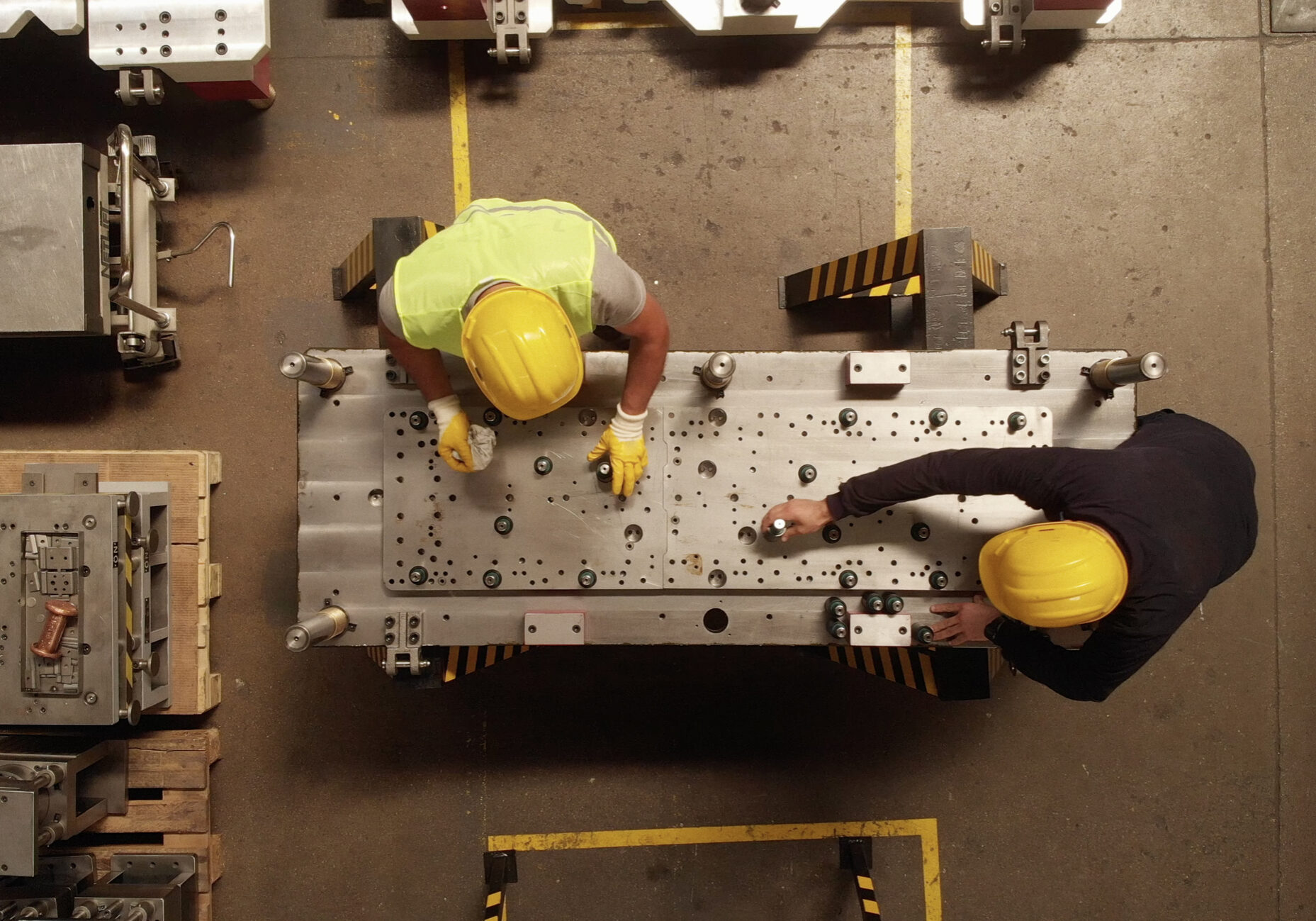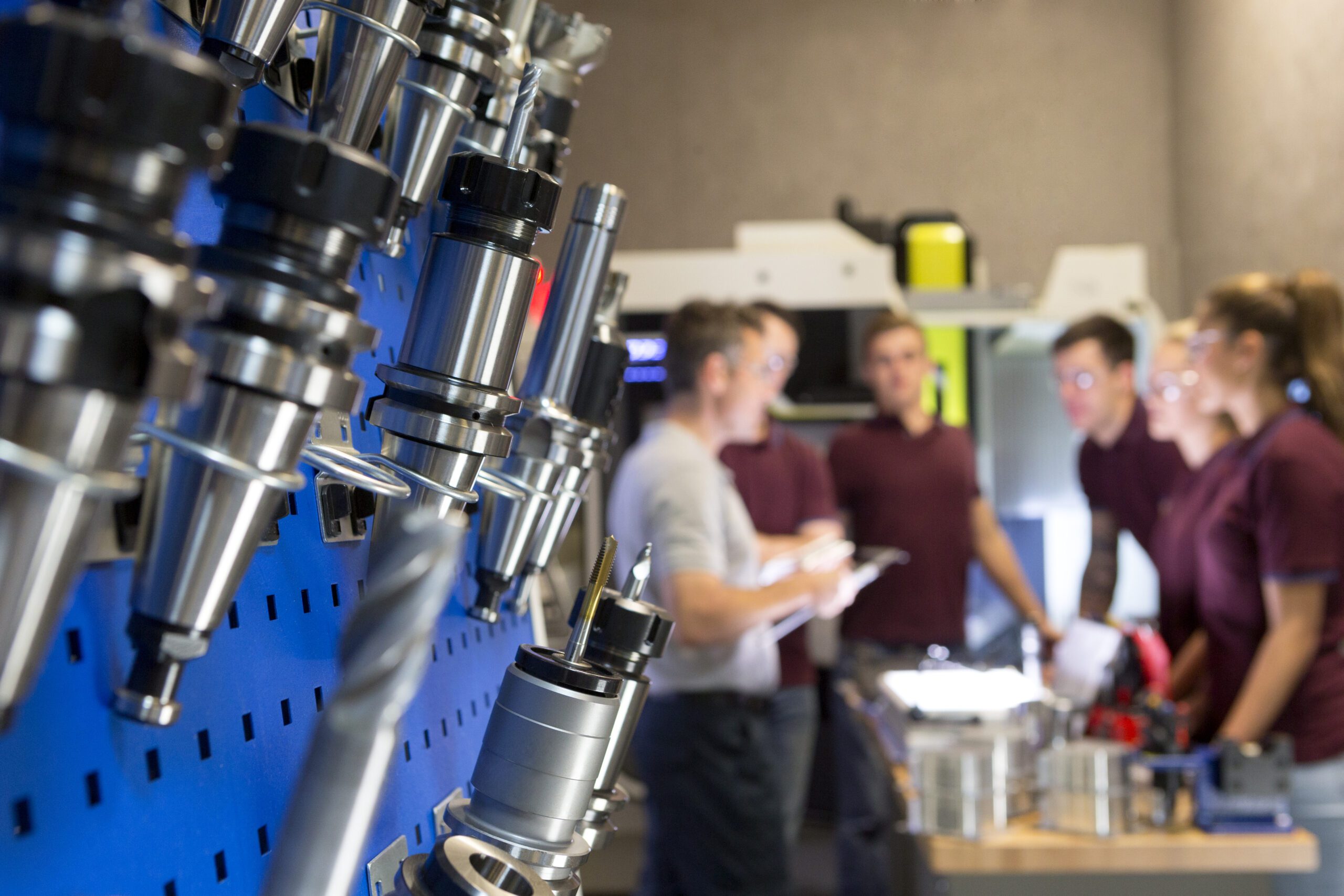Recent News
Boosting the Manufacturing Workforce: A Comprehensive Look and Future Directions


The manufacturing industry, the backbone of the U.S. economy, faces an impending challenge. As per a recent study conducted by Deloitte and The Manufacturing Institute, the U.S. could see as many as 2.1 million manufacturing jobs unfilled by 2030, potentially costing the economy a staggering $1 trillion in that year alone. This paints a rather concerning picture, one of an industry grappling with a severe labor shortage.
The Roots of the Challenge
In the initial days of the pandemic, the manufacturing sector witnessed the loss of approximately 1.4 million jobs, setting the labor force behind by over a decade. While a commendable 63 percent of these jobs have been regained, a significant number, approximately 570,000, remain unfilled, despite the sector boasting nearly record-high job openings. The situation is even more critical considering that manufacturers now find it 36 percent harder to locate the right talent compared to 2018.
It’s not just about numbers. The real dilemma is the nature of the vacancies in the current and potentially future manufacturing workforce. Not only are companies struggling to fill higher-paying entry-level production roles, but they’re also finding it challenging to locate and retain talent for specialized positions.
DEI Initiatives: Advanced Manufacturing and Its Implications
There’s some hope on the horizon. The study indicates that diversity, equity, and inclusion (DEI) initiatives are becoming instrumental in shaping workforce trends. If manufacturers can tap into this and intensify efforts to attract a more diverse workforce, including women and underrepresented communities, they might find a solution to this burgeoning issue.
Advanced manufacturing, with its propensity to boost productivity, strengthen the economy, and drive innovation, offers exciting career prospects. However, there’s a catch. By 2028, it’s estimated that manufacturers will need to fill a whopping 4.6 million jobs. This points towards a glaring mismatch between the present worker skills and the expertise demanded by advanced manufacturing.
However, there are strategies that talent acquisition firms and manufacturing specific networks can do to diminish the seemingly intimidating hill that is manufacturing workforce recovery and development. These manufacturing workforce obstacles are not unassailable, and given time, consideration and the implementation of the following strategies, could eventually grow a manufacturing workforce designed to restore domestic industrialization to its previous agility and might.
- Carving out new careers in fields like automation, robotics, AI, and data analytics.
- Upskilling the existing workforce.
- Drawing STEM talent for future roles.
Bridging the Gap: Attracting the Right Talent
Manufacturers need to be proactive in devising strategies to bridge the skills gap. Here are some measures to consider:
- Expanding DEI Initiatives: Building a more inclusive and diverse workforce can not only help fill vacant roles but can also bring varied perspectives, fostering innovation.
- Cross-Industry Recruitment: Manufacturers can attract crossover talent from other industries, benefiting from their expertise and offering them a fresh career trajectory. For instance, tech professionals can be recruited for roles in automation or data analytics, while individuals from the logistics sector can contribute to supply chain optimization.
- Training and Upskilling: Companies should invest in training programs, collaborating with educational institutions and industry organizations to ensure their workforce is equipped with the necessary skills.
- Promote Manufacturing Careers: Combat the perception issues surrounding manufacturing. Highlight the technological advancements, growth opportunities, and the chance to be part of an industry integral to the nation’s progress.
- Offer Competitive Benefits and Growth Opportunities: To retain talent, manufacturers should offer competitive salaries, comprehensive benefits, and clear career progression paths.
- Leverage Technology: Implement technology-driven recruitment processes and platforms to streamline hiring, target the right talent pools, and create an efficient onboarding experience for the whole of the manufacturing workforce.
- Community Engagement: Engage with local communities, schools, and colleges. Offering internships, apprenticeships, and summer camps can sow the seeds of interest early on.
The Path Ahead
The U.S. manufacturing industry’s future looks promising, teeming with technological advancements and innovation. Yet, the impending labor shortage casts a shadow over this potential. As industry leaders, employers, and institutions come together to navigate this challenge, it’s clear that an integrated, proactive approach is the way forward.
At Davalyn we understand that manufacturing is not just about machines and assembly lines; it’s about the people who drive it. By focusing on attracting, training, and retaining the right talent, the U.S. can ensure that its manufacturing sector remains robust, innovative, and globally competitive.
Check out our latest video
Exploring our target industries
At Davalyn, our tenured team of niche-focused talent acquisition experts takes on the hiring challenges of a diverse and growing set of industries. Make our perspectives your most powerful recruitment and retention resource.







